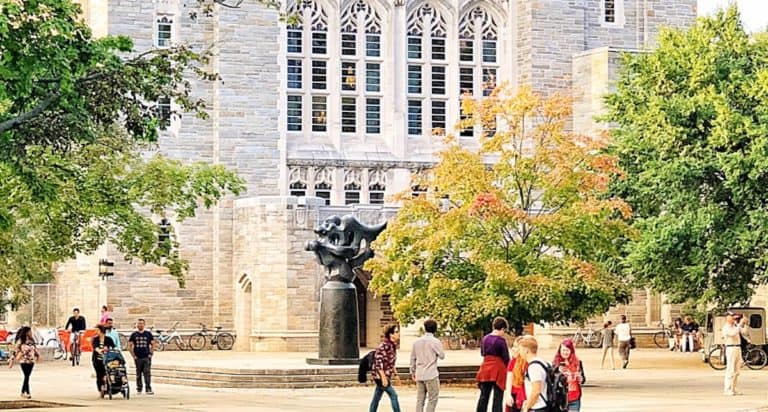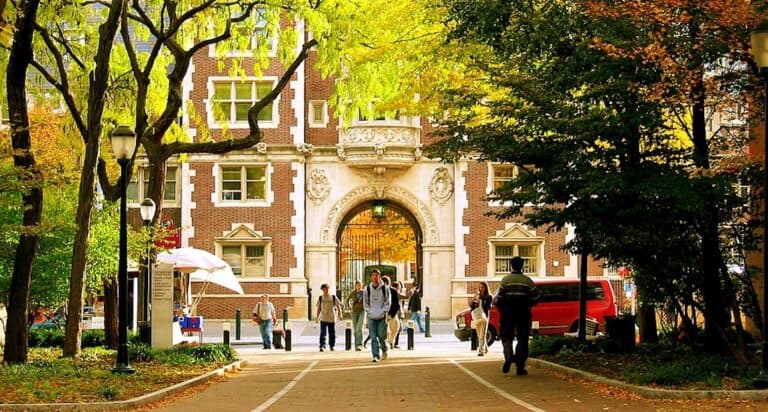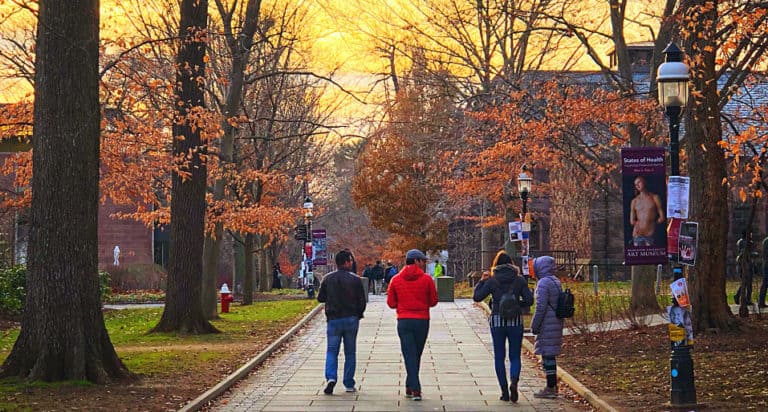Editor’s Note: To determine how to pay for your teen’s college expenses, learning about the differences in undergraduate student loans is crucial. Jeff Levy, a Certified Educational Planner, discusses Direct Loans, Parent Plus Loans, and loans from private sources. He also helps answer the question about how much a student and/or their family should borrow to pay for college.

Different types of undergraduate student loans
1. Direct Loan
The single best loan an undergraduate can borrow is the federal Direct Loan, and it’s not just for students with financial needs. Any student, regardless of need, can borrow up to the maximum: $5,500 as a freshman, $6,500 as a sophomore, $7,500 as a junior, and $7,500 as a senior. That’s a 4-year total of $27,000. If a student needs to spend more than four years in college, the lifetime maximum an undergraduate can borrow is $31,000.
To qualify for a federal student loan, a student’s credit rating, and FICO score are not considered.
2. Direct Subsidized and Unsubsidized Loans
Most students receiving financial aid will see two federal Direct Loans in their award letter. One will be a Direct Subsidized Loan totaling $3,500 for a freshman. The federal government pays the interest while the student is in college. The other is a Direct Unsubsidized Loan, which will cost a freshman $2,000. Interest accrues from the date of disbursal on unsubsidized loans. Both loans have the same low fee and low-interest rate (see #5 below).
Even though repayment on these loans doesn’t begin until six months after graduation, I highly recommend paying off the unsubsidized loan interest monthly so the principal doesn’t suddenly balloon when it’s time to begin repayment.
3. Students Who Do Not Qualify for Need-Based Aid
Even students who do not qualify for need-based financial aid can borrow up to the maximum in Direct Unsubsidized Loans.
4. Student Loan Repayment Pause
Since COVID’s appearance in the U.S. in early 2020, there has been a series of pauses on federal student loan repayment, and interest has been set at 0%. But these provisions will likely expire soon, and repayments will likely resume by September 1, 2023. Until that date, no repayments need be made, and no interest will accrue on any loan balances.
5. Direct Loan Interest Rate
The interest rate on federal Direct Loans is set annually by Congress in late May or early June and is based on the yield of the 10-year Treasury note. The fee for these loans is about 1%.
6. FAFSA
To begin applying for financial aid and federal loans, the student must submit the FAFSA (Free Application for Federal Student Aid). The FAFSA becomes available on October 1 of the student’s senior year of high school, except in 2023, when the new simplified FAFSA will probably not be available until December.
The form is completed online and submitted once to the Department of Education, which processes it and distributes it to each school the student has listed on the form. Institutional financial aid deadlines vary — some may be as early as November 1 of the student’s senior year. So the FAFSA must be submitted before the earliest institutional deadline on the student’s college list.
7. Families Who Are NOT Applying for Financial Aid
If a student’s family has decided not to apply for financial aid but wants to borrow Direct Unsubsidized Loans, the FAFSA must still be submitted. In this case, I recommend not submitting the form until after the family has deposited at the college of their choice by May 1. Following submission of the FAFSA, the student or parent should contact the college’s financial aid office, letting them know their plans to borrow federal student loans.
8. Parent Plus Loan
What if a family needs to borrow more than the annual limit of Federal Direct Loans? Parents can borrow federal Parent PLUS loans, with a higher interest rate and fee than undergraduate Direct Loans.
9. Private Sources of Student Loans
Are there private sources of student loans? Many banks, credit unions, and lending institutions offer education and personal loans. They are never as competitive as federal undergraduate loans but may have better terms than federal Parent PLUS loans. It’s important to shop carefully, but not until after the federal loan rates are set in late May or early June.
For homeowners who have built equity in their homes and have a strong credit history, a home equity line of credit (HELOC) can also be an intelligent source of college funding.
10. How Much Debt Should Parents and/or Their Teens Take On?
Carefully consider how much debt you and your teen can take on. If a student borrows the maximum amount in federal student loans and interest is paid monthly while in college, she will graduate after four years with student loan debt of $27,000. Her monthly repayments will be manageable even if her first job after college pays as little as $35,000 a year.
But parents approaching retirement with not many earning years ahead of them need to think carefully about how much debt is reasonable and too much before making this critical decision.
To Read More:









